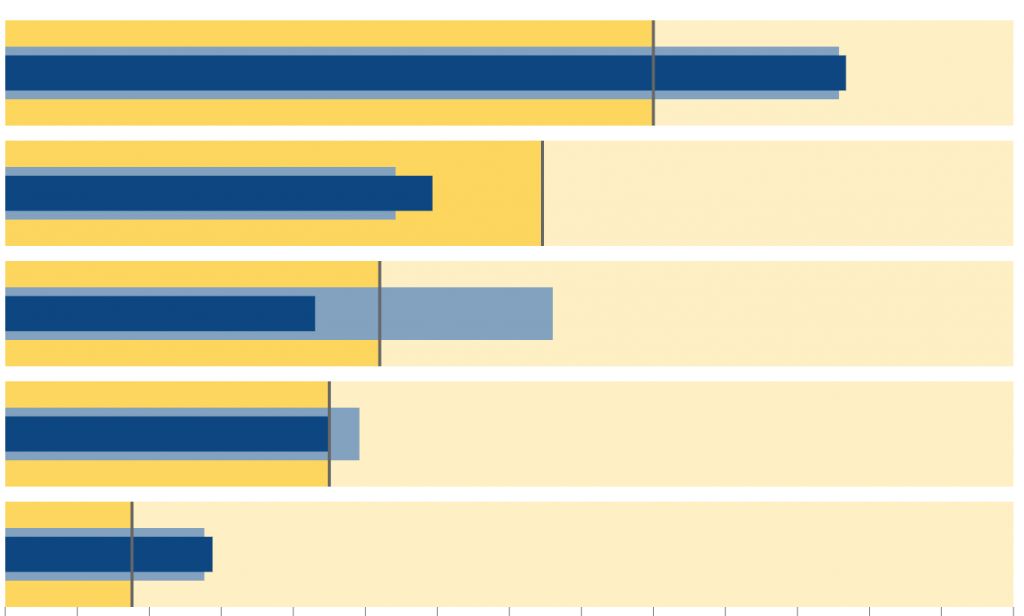With AI overviews (previously known as Search Generative Experience) officially announced to rollout in the US, we now know that one of the biggest shake-ups to search in years is upon us.
And while we don’t yet know exactly what the impact will be to organic and paid search while the update is still in its infancy, it is assumed likely that organic traffic to the standard blue links will drop for the queries that have AI Overviews showing for them.
With that in mind, let’s look at how SEO and PPC can support each other through these uncertain times. If your SEO and PPC agencies aren’t talking to each other yet, this is your sign to bring them together.
With this latest change, alongside continued usage of AI tools such as Chat GPT, web users are going to become increasingly accustomed to searching ‘conversationally’. These longer-tail keywords can be tricky to optimise towards using traditional keyword research tools such as Semrush due to the low search volumes they deliver, so we must turn our attention to other datasets instead. Tools such as Google Search Console and Answer the Public are a great place to start, but if paid ads are operating, search queries that are driving impressions (but don’t necessarily need to be driving clicks/conversions in this instance) can also be used. This is data that is readily available and can be used to inform on-page content via the SEO team.
A key point to note here is that content is still king; although the AI Overviews will push traditional organic search further down in the search results, Google will be linking to relevant websites within the Overview. Recent research has also found that many of these feature links differ from the top organic 10, so there’s a great opportunity for websites to sit here if Google deems them relevant to its overview. Plus, the better your on-site content is, the greater your paid ad quality score will be too.
If new content has been created and is struggling to rank organically (as can often be the case when brand new content is published), a strategy to consider is leveraging PPC to bring traffic to the site via relevant search queries.
Where AI Overviews are in operation, an eventual click through to your site is even more valuable (whether that be from the overview itself, or through the standard links). Attention now needs to turn to ensuring that this visitor is incentivised to stay, and ultimately convert. Conversion rate optimisation (CRO) is a worthwhile consideration as part of that conversation, but site speed is a fantastic place to start in the meantime. Primarily, this is down to the fact that if you have a slow website, you will have a large portion of customers who simply drop off rather than waiting. That is true regardless of where they have arrived from; not organic exclusive. Not only that, Google made its Core Web Vitals a part of its organic ranking algorithm; sites that adhere to these vitals are more likely to rank highly in organic search. In case you needed one more reason to prioritise site speed, the final benefit is that it also has a positive impact on paid ads; quality scores are known to increase, and CPCs to decrease, when a site is quicker.
So, that’s the whistle-stop tour of how SEO and PPC can come together to really drive meaningful results – together. While the two disciplines are strong in their own rights, they are stronger as one team. With search being an ever-changing beast (who knows what will come next?!), a united front to maintain overall search traffic is the best way forward.








